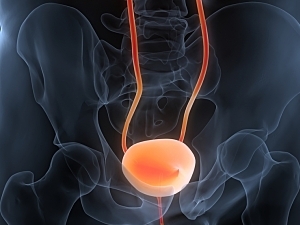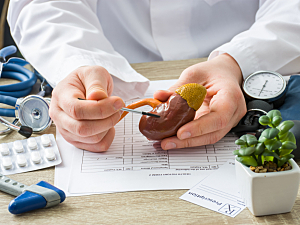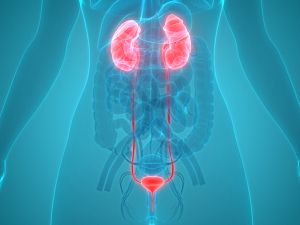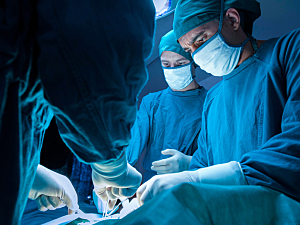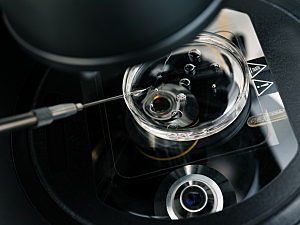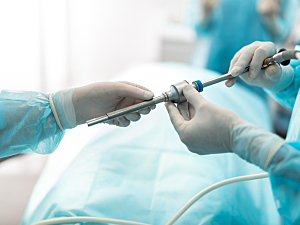Reducing Healthcare Disparities: Q&A With Quoc-Dien Trinh, MD, MBA

As part of the United Against Racism initiative, Mass General Brigham implemented outreach programs across the system to reduce healthcare disparities. Quoc-Dien Trinh, MD, MBA, discusses the program he co-founded and the research his team is doing to improve care for people of color at Brigham and Women’s Hospital.
Read More...